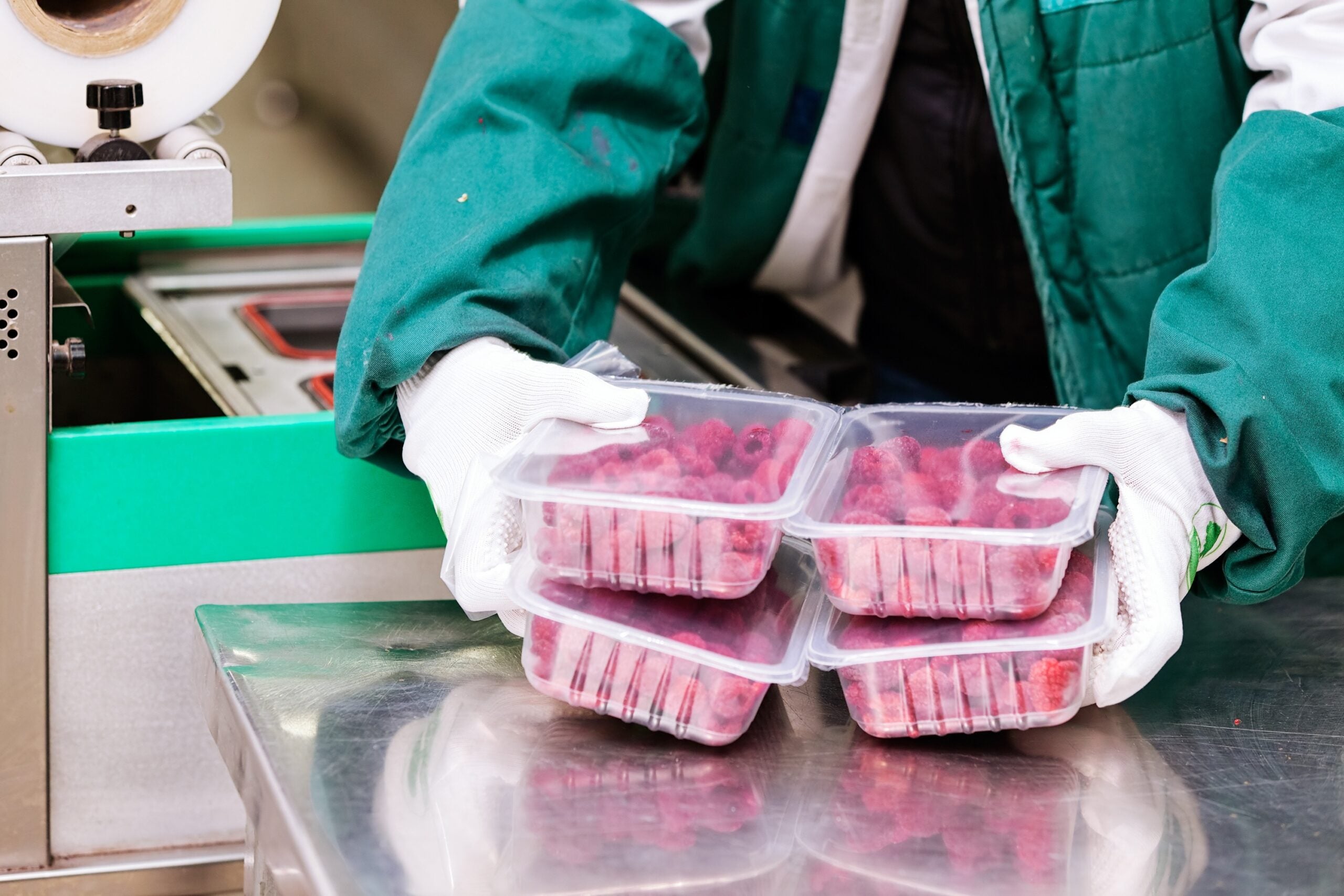On 1 April, the UK Government announced a new levy on packaging that will affect businesses across the board. The ‘Plastic Packaging Tax’ charges GBP200 (US$260) per tonne of “finished plastic packaging components” that contain less than 30% recycled plastic. Manufacturers or importers of ten or more tonnes of plastic will have to pay the tax.
Neil Hansford has worked for chemical manufacturing multinational Air Products for 20 years. Here, the product line manager looks at the challenges the new tax creates for packaging companies.

The challenge to address the volume of single-use plastic waste took an important step forward in April, with the introduction of the ‘Plastic Packaging Tax’. Amid the current climate emergency, the PPT aims to incentivise a shift towards the use of recycled plastics to create greater demand. In turn, this will help to divert excess waste away from landfill and incineration, and instead drive increased levels of recycling and collection of plastic waste.
So, what does the tax mean for packaging professionals who are suppliers to the food and beverage industries?
Availability of alternative materials is a buffer
Plastic packaging plays a crucial role in protecting many food and drink products across the supply chain, as well as promoting both food safety and shelf life. While a shift to using more recyclable plastic materials seems like a simple enough change, there are a handful of considerations that food and drink manufacturers need to keep in mind.
Manufacturers are bound by stringent food safety rules that restrict the type of packaging they are able to use. Currently, it’s difficult to recycle plastics that can then be re-used in food packaging – soft plastics typically end up in landfill or are recycled into non-food grade material. While there is the capability to produce food-grade recycled plastics, the infrastructure isn’t in place yet to produce the volumes of recyclable plastic required.
Consequently, the availability of supply needs to be ramped up, to enable more businesses to benefit from using food-grade recycled plastics. There’s also a need to ‘go green’ beyond the Government’s mandate, as consumers look to manufacturers to offer more environmentally-friendly alternatives. This too puts more pressure on the supply chain.
The short-term impact of a surge in demand
Due to its limited availability, we’re already seeing a leap in prices for food-grade recycled plastics. Unsurprisingly, those who will be hit the hardest are smaller and medium food manufacturers who may not have the financial resources to compete with the bigger players for the current supply of more sustainable packaging.
For some, it’s a Catch 22 situation.
If they invest more money in alternative greener packaging materials, they can avoid additional costs from the PPT and reduce their impact on the environment. Such a move, however, could also put them at greater financial risk. They may be forced to pass on costs which could, in turn, drive customers towards bigger, more financially stable competitors who can afford to keep their products at a stable price.
This could have an impact on the whole sector. Businesses at the smaller end of the scale have a far greater degree of agility, which acts as a breeding ground for innovation. Their smaller size means they can adapt more easily to changing market conditions or create new products or solutions faster than the larger organisations.
This helps businesses to grow and, in turn, help the industry to evolve as a whole. By placing smaller companies at risk, the PPT could stifle creativity within the sector.
A new era of innovation
This new tax presents a real chance for the packaging industry to think outside the box and develop innovative solutions and new recycling technologies to help plug the gap in the supply of recycled materials.
Technology is already being utilised that can enable packaging producers to provide greener options for its customers, as well as help to minimise food waste.
‘Modified Atmosphere Packaging’ (MAP) is widely recognised as an effective technology, proven to reduce food waste in the industry. The process comprises a single gas – or combination of gases – that creates a protective atmosphere around the food to keep it fresher for longer.
MAP is commonly used in combination with plastic packaging materials, though. What we hope to see with PPT is more of the food manufacturers that require atmospheric protection for their products using more alternative plastics, which are still compatible with MAP. This provides the optimal green solution that would reduce both food and plastic waste.
Lead by example
There are a number of promising initiatives already underway to support this transition: The ‘NEXTLOOPP’ project, for example, aims to create food-grade packaging from recycled polypropylene. Further encouragement has come from the UK Government, after GBP30m (US$39m) in funding was announced in March for five large-scale demonstrator projects and 13 business-led research & development projects. These projects hope to revolutionise the UK’s approach to plastic packaging through a variety of circular economy business models, pioneering polymer materials and new recycling technologies.
Many businesses in the country – but not all – have already signed up to WRAP’s ‘UK Plastics Pact’, pledging to have an average of 30% recycled plastic in their packaging by 2025.The PPT will not only accelerate this transition process for those already committed, but also incentivise more businesses to join efforts to tackle plastic waste.
By working with consultative suppliers to assess what options are available, businesses may be surprised to find an alternative packaging solution that is not only functional, but also fit for purpose and sustainable. Through this process, we can create a viable market for alternative plastic packaging together.
As suppliers and manufacturers come to terms with these regulatory changes, consumers will no doubt welcome the more eco-friendly measures that are being brought in by the packaging industry.




